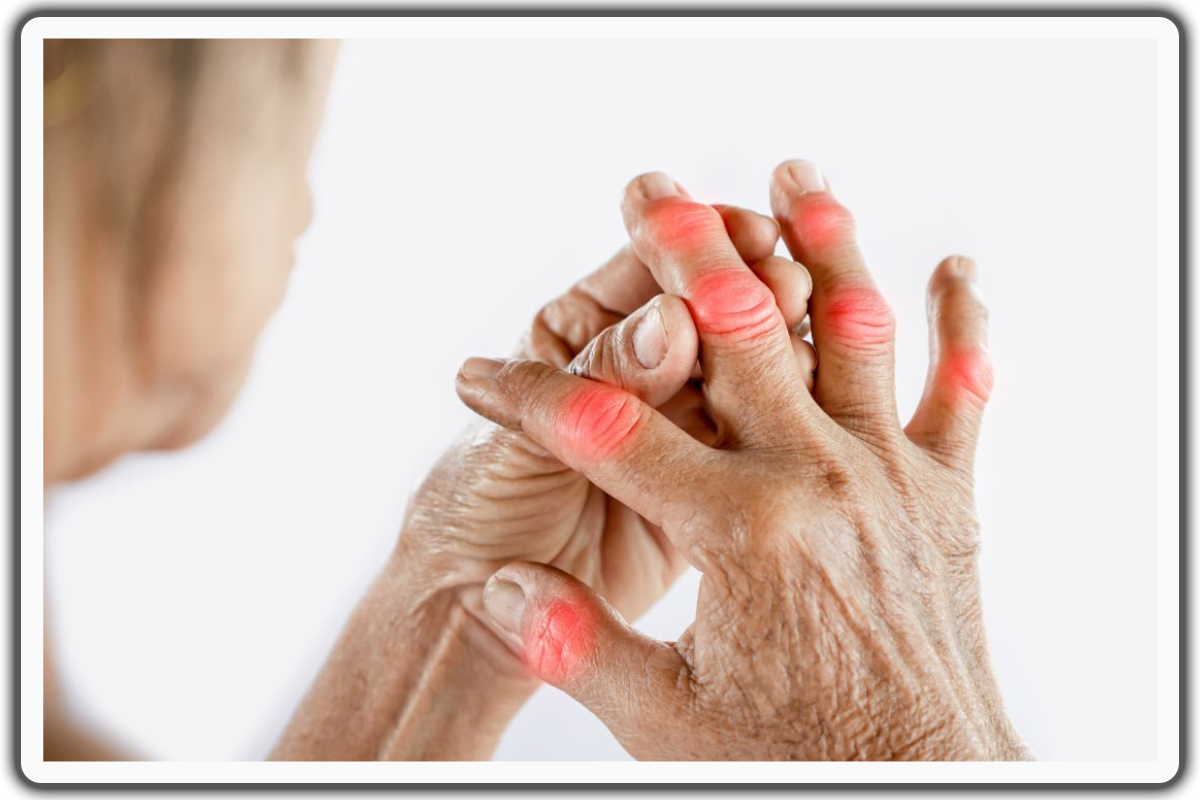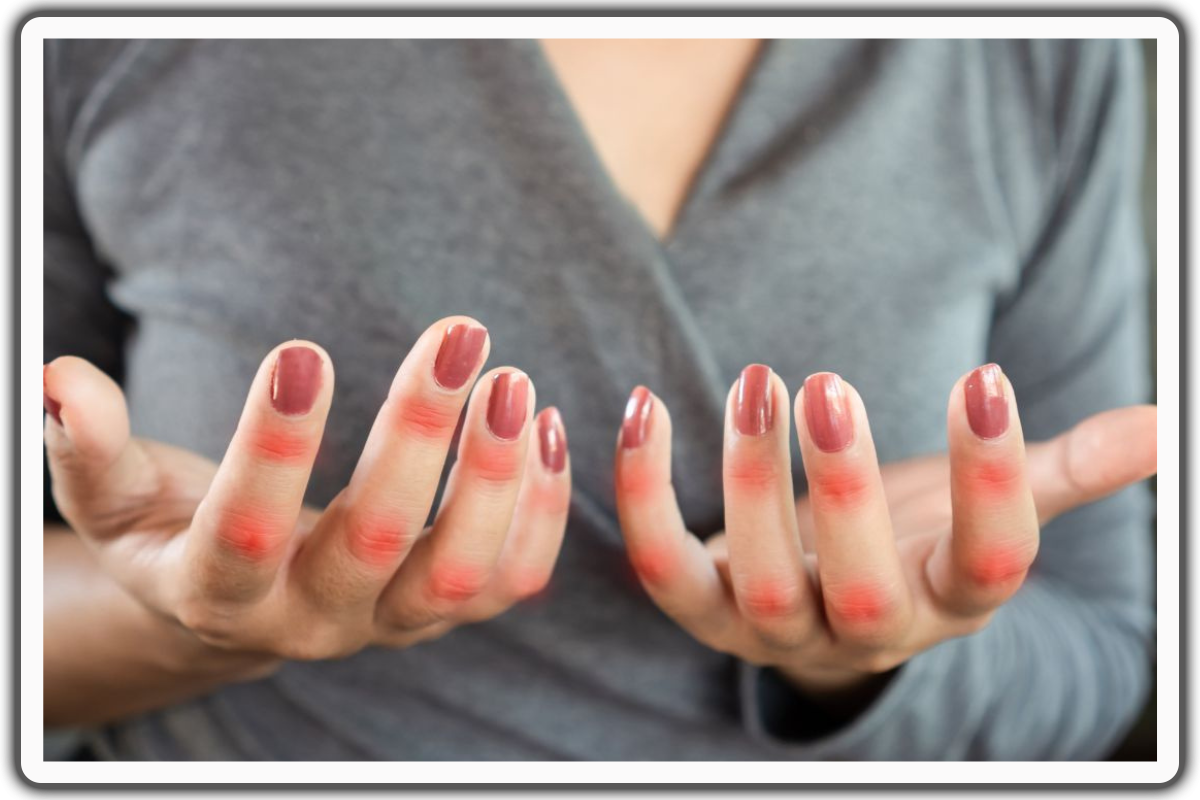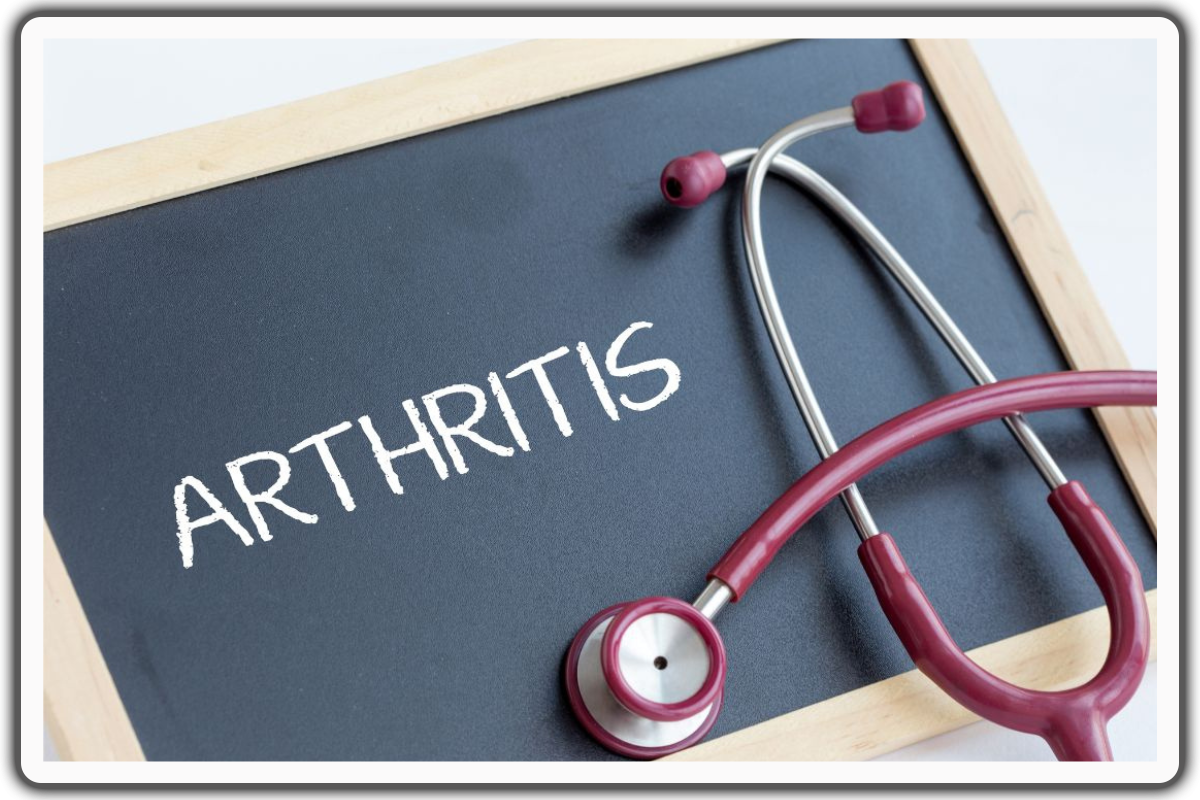Arthritis Bumps on Fingers: Understanding and Managing Your Condition
Arthritis is a common health issue that affects many people around the world, making daily tasks and activities difficult.
One way arthritis shows up, especially osteoarthritis, is by causing bumps on the fingers.
In this blog, we will delve into what these bumps are, why they occur, and how you can manage them effectively. For more information on arthritis and its management, you can refer to the Arthritis Foundation.
Understanding Arthritis Bumps on Fingers
What Are These Rheumatoid Nodules?
Rheumatoid nodules are firm, painless lumps that develop under the skin in people with rheumatoid arthritis (RA), a chronic autoimmune disease. These nodules are a common extra-articular (outside the joints) manifestation of RA, typically occurring in areas subject to pressure or frequent trauma. These bumps are often found around the joints in the fingers, particularly:
- Heberden’s nodes: Found near the tips of the fingers (the distal joints).
Bouchard’s nodes: Found in the middle joints of the fingers.
These bumps form due to bone growths, known as bone spurs, that develop as a reaction to joint damage. While they may start small and go unnoticed, they can grow over time, causing joint stiffness and swelling, and pain.
What are Heberden’s and Bouchard’s Nodes?
Heberden’s and Bouchard’s nodes are small, bony growths that develop on the finger joints, typically as a result of osteoarthritis (OA). These nodes are named after the joints they affect:
- Heberden’s nodes: These appear on the distal interphalangeal joint (DIP), which is the joint closest to the tip of the finger.
Bouchard’s nodes: These form on the middle joints of the fingers.
These small bumps, often seen in osteoarthritis, can make your finger joints hurt, feel stiff, and harder to move. They form because the body tries to fix the damaged cartilage by growing extra bone, called bone spurs, around the joints.
While these bumps can be painful and affect how your hand works, knowing why they happen can help manage the symptoms better.
Why Do They Form on Finger Joints?
The main reason these bumps develop is the breakdown of cartilage in the finger joints. Cartilage is the smooth tissue that cushions your joints and allows for smooth movement. When the cartilage wears away:
- The bones in the joint press against each other, which makes them irritated and sore.
The body tries to repair the damage by growing extra bone, leading to the formation of bony bumps.
This process can be triggered by age, repetitive use of the fingers, joint injuries, or genetic factors.
Osteoarthritis is more common in older adults. Factors like a family history of arthritis or certain lifestyle habits can also increase the risk.
Types of Arthritis that Affect Finger Joints
Several types of arthritis can impact the finger joints, each with its unique characteristics and effects:
- Osteoarthritis (OA): This degenerative joint disease is the most common form of arthritis. It causes the wearing away of smooth cartilage and inflammation in the joints, resulting in stiffness and pain.
Rheumatoid Arthritis (RA): A condition where the immune system attacks the joint tissues. This leads to inflammation, pain, and swelling in the joints.
RA can lead to the development of rheumatoid nodules, which are firm lumps under the skin near the joints.Psoriatic Arthritis (PsA): This type of arthritis occurs in people with psoriasis, a skin condition. PsA causes inflammation and pain in the joints, and can also lead to the development of finger joint deformities.
Figuring out what kind of arthritis is affecting your finger joints is important for the right treatment and care. A doctor can help identify the type and suggest the best ways to manage it.
How Do These Bumps Affect Daily Life?
For many people, these bumps can be more than just a cosmetic concern. They may cause:
- Stiffness: Making it difficult to bend or straighten your fingers.
Pain: Especially during or after activities involving your hands.
Weakness: Impacting your ability to grip objects.
Reduced Range of Motion: Limiting finger movement and affecting tasks like writing, cooking, or typing.
The severity of these symptoms can vary. For some, the bumps might not cause much discomfort, while for others, they may significantly affect daily activities.
Symptoms and Diagnosis
Arthritis bumps often cause pain, swelling, stiffness, and trouble moving the fingers. These symptoms can be mild at first but may get worse over time.
To find out if you have arthritis bumps, a doctor will check your fingers and might do X-rays to see how much damage is in the joints.
Managing Finger Bumps and Their Symptoms to Relieve Pain
Arthritis can't be fully cured once it develops, but there are many ways to manage it and make life better.
1- Medication:
Over-the-counter pain relievers like ibuprofen or acetaminophen can reduce pain and inflammation.
In severe cases, your doctor might recommend prescription medications or injections.
2- Hand Exercises:
Simple stretching and strengthening exercises can improve flexibility and reduce stiffness.
Occupational therapists can guide you on exercises tailored to your needs.
3- Hot and Cold Therapy:
Use a warm compress to relax stiff joints or a cold pack to reduce swelling and pain.
Dr. Siddharth Tambar is a board-certified rheumatologist. He recommends using heat treatment to manage arthritis bumps on fingers. Applying a warm washcloth to the affected area for about 20 minutes can help boost blood flow, loosen stiff finger muscles, and reduce pain. This simple at-home remedy can provide significant relief and improve joint mobility.
4- Supportive Tools:
Splints or braces can provide support and reduce strain on the affected joints.
Using ergonomic tools and devices can ease hand strain during daily tasks.
5- Lifestyle Adjustments:
Maintain a healthy weight to reduce the joint stress put on joints.
Incorporate anti-inflammatory foods into your diet, such as fish rich in omega-3s, fruits, and vegetables.
6- Medical Interventions:
In severe cases, surgical options like joint repair or joint replacement, might be considered.
Causes and Risk Factors of Worn Cartilage
The exact cause of arthritis bumps is not completely clear, but there are a few things that might lead to their growth.
- Genetics: A family history of arthritis increases the risk.
Age: The risk of developing arthritis bumps increases with age.
Gender: Women are more likely to develop these nodes than men.
Joint Injury: Previous injuries to the finger joints can lead to arthritis.
Lifestyle Factors: Obesity, repetitive hand activities, and poor joint health can contribute.
Preventive Measures
While it may not be possible to completely prevent arthritis bumps, certain measures can help reduce the risk:
- Exercise: Regular physical activity strengthens the muscles around the joints and improves flexibility.
Healthy Diet: A diet rich in anti-inflammatory foods can support joint health.
Protect Your Joints: Use the right movements when doing the same task again and again, and take breaks to give your joints a rest.
Living with Arthritis Bumps
Living with arthritis bumps can be challenging, but there are ways to manage the condition and maintain a good quality of life:
- Pain Management: You can try using a warm or cold cloth (compress) on the painful area to feel better. Take any medicine your doctor gave you for pain, and try relaxing exercises like deep breathing to help ease discomfort.
Adaptive Devices: Use special tools or gadgets that make it easier to do things without putting too much stress on your fingers. These can help make daily tasks more comfortable.
Support Network: Connect with others who have arthritis for support and encouragement.
When to Seek Medical Attention
If you have symptoms of finger joint arthritis, seek medical help.
Common symptoms include pain, stiffness, or limited mobility. Early treatment can help prevent further damage to the joints and improve symptoms.
Additionally, if you notice any of the following symptoms, seek medical attention immediately:
- Sudden severe pain or swelling in the finger joints
Difficulty moving the fingers or hands
Redness or warmth around the affected joint
Fever or chills
By seeking medical attention early, you can receive an accurate diagnosis. This allows you to start treatment to manage symptoms and prevent further damage to your finger joints.
Your healthcare provider will guide you in choosing the best treatment options. These may include medication, physical therapy, or surgical interventions if necessary.
Conclusion
Arthritis bumps on fingers can be painful and annoying, but learning what causes them, their signs, and how to treat them can make it easier to handle. Taking steps to protect your hands and getting the right care can help keep your fingers working well and improve your daily life.
FAQs
Q: How do you get rid of arthritis bumps on your fingers?
A: Heberden's nodes are a common sign of osteoarthritis (OA). They may or may not be painful, depending on the stage of development they are in. Treatments for Heberden's nodes include laser therapy, splints, and pain relievers. Ice, heat, and physical therapy can also be effective.
Q: What are the first signs of arthritis in the fingers?
A: Your fingers may become stiff, painful and swollen and you may develop bumps on your finger joints. Over time, the pain may decrease and eventually disappear altogether, although the bumps and swelling can remain.
Q: Do arthritis lumps go away?
A: Can the rheumatoid arthritis nodules go away? The nodules may resolve on their own in some cases, but in others, they will persist. If they are in a sensitive spot, a person may require treatment.
Q: What triggers arthritis in fingers?
A: Some common causes include repetitive motions, injury to the finger joints, and obesity. Risk factors are smoking, a typical joint alignment, and a family history of arthritis. These factors may also make a person more likely to develop arthritis in the fingers.
Q: Can arthritis finger bumps be removed?
A: In rare cases, your doctor might suggest surgery to remove the nodes, or replace or fuse one of the joints in your fingers. Other than that, they will likely treat the osteoarthritis that is the root cause of your Heberden's nodes.
Q: Can arthritis heal itself?
A: There is no cure for arthritis. But it's important to help keep joints working by reducing pain and inflammation. Work on a treatment plan with your healthcare provider that includes medicine and therapy. Work on lifestyle changes that can improve your quality of life.
References
- Generalized Osteoarthritis and Heberden's Nodes Br Med J. 1952 Jan 26;1(4751):181–187. doi: 10.1136/bmj.1.4751.181 J H Kellgren, R Moore PMCID: PMC2022370 PMID: 4896078
https://pmc.ncbi.nlm.nih.gov/articles/PMC2022370/ Kitisomprayoonkul, W., Promsopa, K. & Chaiwanichsiri, D. Do Heberden and Bouchard nodes affect finger dexterity in elderly?. Rheumatol Int 30, 543–545 (2010).
https://doi.org/10.1007/s00296-009-1196-9
https://link.springer.com/article/10.1007/s00296-009-1196-9#citeasThe effectiveness of hand exercises for persons with rheumatoid arthritis: a systematic review Jean Wessel PhD
https://doi.org/10.1197/j.jht.2004.02.006National Institute of Arthritis and Musculoskeletal and Skin Diseases
Expert:
Dr. Siddharth Tambar - https://chicagoarthritis.com/






